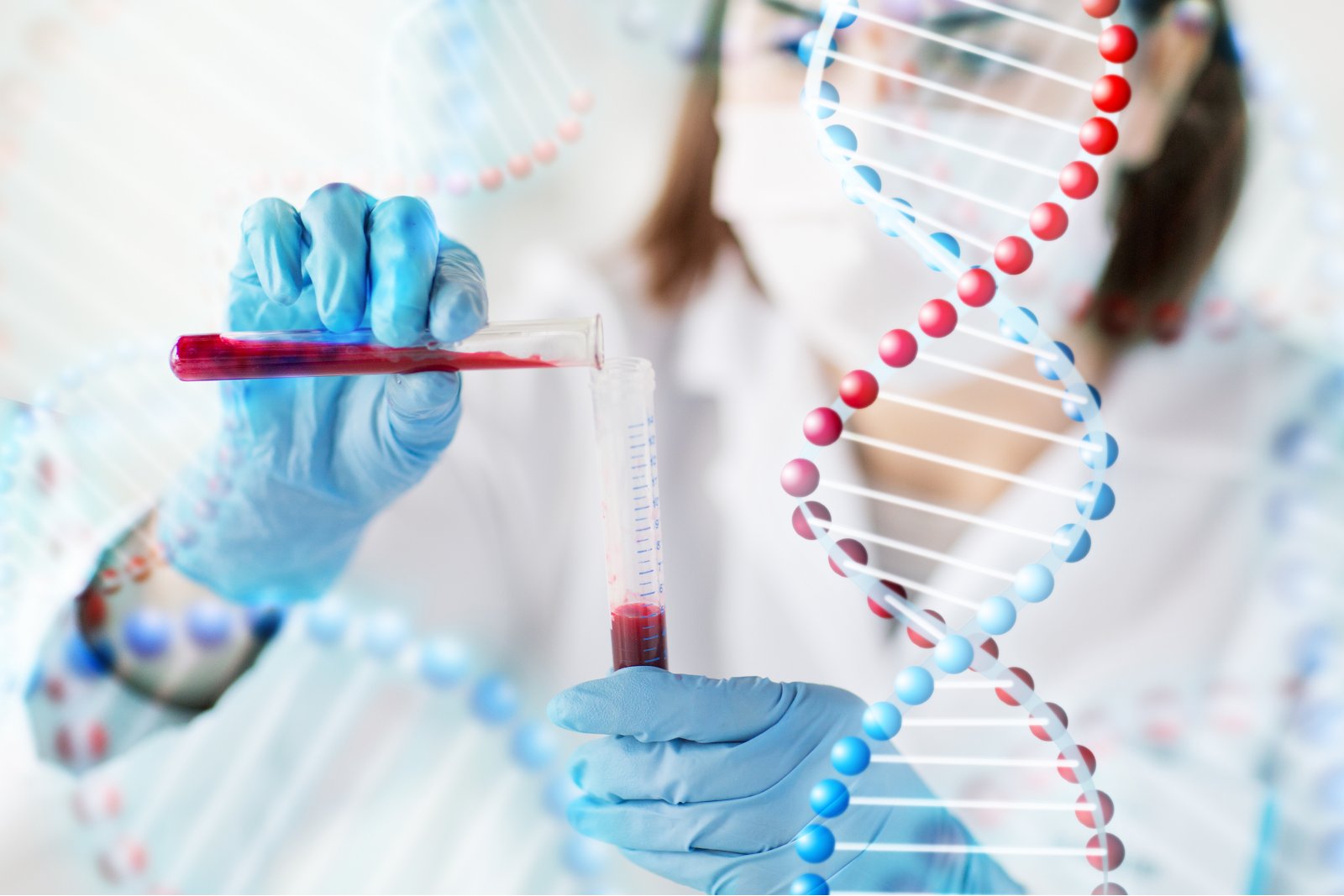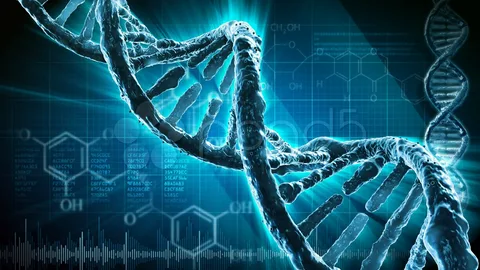What is Genetic Testing for Inherited Cancer Risk?
Genetic testing for inherited cancer risk is like a detective looking for clues in your genes. These clues, known as mutations or pathogenic variants, can tell us if you might be more likely to get diseases like cancer. Not all cancers are caused by these changes, only about 5% to 10%.
Sometimes, even without these changes, cancer can appear in families because of shared habits or environments, like smoking. Other times, certain patterns in a family, like the types of cancer that develop and the ages at which they occur, can hint at an inherited genetic change that increases the risk for cancer.
How is Genetic Testing Done?
A doctor, genetic counselor, or other health care provider usually requests genetic tests. They do this after looking at your personal and family medical history and identifying a possible inherited cancer pattern. The testing is done on a small sample of your bodily fluid or tissue—usually blood, but sometimes saliva, cells from inside the cheek, or skin cells. The sample is then sent to a genetic testing laboratory, and the results usually come back in about 2 to 3 weeks.
Who Should Consider Genetic Testing for Inherited Cancer Risk?
If you’ve been diagnosed with certain types of cancer, like triple-negative breast cancer, ovarian cancer, pancreatic cancer, colorectal cancer before age 50, metastatic prostate cancer, or male breast cancer, you should consider genetic testing. The results can help your doctor choose the best treatment for you and can also provide valuable information to your blood relatives.

Benefits of Genetic Testing
There are several benefits to genetic testing. If you’ve been diagnosed with cancer, a positive test result can confirm that your cancer was likely due to an inherited genetic change. This can help guide treatment choices. A negative test result can provide peace of mind, showing that you have not inherited the variant that is present in your family. This means that your risk is probably the same as that of someone in the general population.
Downsides of Genetic Testing
There are also downsides to genetic testing. One of these is the psychological stress that can come from learning that you have a genetic change that increases your risk of cancer. This can also affect your blood relatives, including your children.
Another downside is the cost of genetic testing, especially if it’s not covered by insurance. Also, the results can sometimes be hard to interpret without the help of a healthcare professional.
What Do the Results of Genetic Testing Mean?
Genetic testing can give several possible results: positive, negative, true negative, uninformative negative, or variant of uncertain significance (VUS). A positive result means that a genetic change that increases cancer risk has been found. A negative result means that no harmful genetic changes were found in the genes tested. An uninformative negative result means that even though a person has a strong family history of cancer, no harmful genetic changes known to be associated with that cancer were found. A variant of uncertain significance (VUS) is a genetic change for which there’s not enough data to know whether it increases the cancer risk or not.
Remember, genetic testing is a tool that can provide valuable information, but it’s not the only factor to consider when assessing your cancer risk. Always consult with your healthcare provider to understand your results and what they mean for you.










